Are you standing at the crossroads of choosing between AC and DC for your LED strip lights, wondering which path leads to illumination success? The answer isn’t as straightforward as you might think, but don’t worry, we’ve got you covered.
I’m Tom, and since 2005, I’ve been navigating the twists and turns of the LED industry. My journey has equipped me with insights and expertise that I’m eager to share with you. From the technical intricacies to the creative possibilities, I’ve explored the spectrum of LED lighting solutions, and I’m here to guide you through the maze.
This blog post is your compass to understanding the differences, advantages, and nuances of AC and DC powered LED strip lights. We’ll shed light on efficiency, safety, installation, and how to maximize their potential in your space. Whether you’re lighting up a cozy corner or setting the stage for your next big event, the insights here will illuminate your decision-making process.
So, are you ready to unravel the mystery of LED strip lights and discover the best options for your needs? Let’s dive right in and brighten up your world, one LED strip at a time!
AC vs. DC: Decoding LED Strip Power
The Basics of LED Strip Lighting
LED strip lights encapsulate the perfect blend of technology and aesthetics, bringing a new dimension to lighting design. Composed of thin, flexible circuits populated with numerous light-emitting diodes (LEDs), these strips embody adaptability and elegance. Their emergence has revolutionized the way we think about lighting, transitioning from mere utility to an essential element of decor and mood setting.
The unique structure of LED strip lights allows for an even distribution of light, casting a soft glow that can enhance the ambiance of any space. Their flexibility means they can be installed in a myriad of locations, curving around corners, under cabinets, or even along the edges of furniture, providing both illumination and decorative flair. This versatility has made LED strips a favorite among designers and DIY enthusiasts alike, finding their place in home interiors, commercial setups, and entertainment venues, transforming mundane spaces into captivating scenes.
AC Power in LED Strip Lights: An Overview
At first glance, using AC power for LED strip lights seems logical, given its widespread availability in residential and commercial settings. However, the truth is more complex. LED strips are inherently low-voltage devices designed to operate efficiently on direct current (DC). The alternating current (AC) that powers our homes and offices is, by its very nature, incompatible with these devices.
To bridge this gap, a transformation process is required, converting AC to DC. This not only ensures the LED strips receive a stable, uninterrupted flow of electricity but also safeguards their longevity and performance. The necessity for this conversion stems from the operational characteristics of LEDs themselves, which are optimized for a constant, direct electrical current. Without this transformation, LED strips would be subjected to the fluctuations inherent in AC power, leading to potential performance issues and a shorter lifespan.
Why DC Power Dominates the LED Strip Market?
The preference for DC power in the realm of LED strip lighting is not arbitrary but grounded in several key advantages. Foremost among these is safety. The lower voltage associated with DC power minimizes the risk of electrical shocks and fires, making LED strips safer for use in a wide array of environments. This safety feature is especially important in residential settings, where the versatility of LED strips can be fully leveraged without concern for potential hazards.
Additionally, DC power enhances the energy efficiency of LED strips. By operating at a lower voltage, these strips consume less energy, translating to cost savings on electricity bills without compromising on light quality or intensity. This efficiency does not merely benefit individual households or businesses but contributes to broader environmental sustainability efforts.
Ease of installation further cements DC power’s dominance in the LED strip market. Unlike traditional lighting solutions that may require professional installation, LED strips powered by DC can often be installed quickly and easily by end-users. This accessibility opens up a world of creative possibilities, allowing individuals to customize their lighting schemes without the need for specialized knowledge or tools.
Together, these factors—safety, energy efficiency, and ease of installation—explain why DC power has become the preferred choice for powering LED strip lights. As technology continues to evolve, the advantages of DC-powered LED strips are likely to expand, solidifying their status as a key player in the future of lighting.
Advantages of DC Powered LED Strip Lights
Energy Efficiency and Cost Savings
When it comes to lighting, the efficiency of your choice can significantly impact both the environment and your wallet. DC-powered LED strip lights stand out as a beacon of efficiency in a sea of traditional lighting options. By utilizing DC power, these lights consume less electricity compared to their AC counterparts or older lighting technologies like incandescent or halogen bulbs. This efficiency translates directly into lower energy consumption, which not only helps reduce carbon footprint but also leads to noticeable savings on energy bills over time.
Moreover, the advancement in LED technology has further enhanced the energy efficiency of these lights, ensuring that they provide bright, high-quality light without the need for excessive power. This is particularly beneficial in settings where lights need to remain on for extended periods, such as in commercial spaces, outdoor landscaping, or home accent lighting. With LED strips, users can enjoy a brightly lit environment without the worry of escalating electricity costs, making them a smart choice for eco-conscious and budget-aware individuals alike.
Safety and Installation Ease
One of the most compelling advantages of DC-powered LED strip lights is the enhanced safety they offer. Operating at a lower voltage significantly minimizes the risk of electric shock, making these lights a safe option for a wide range of applications, including in homes with children and pets. This safety feature is critical in areas prone to moisture, such as kitchens and bathrooms, where the risk associated with electrical devices is heightened. The low voltage of DC LED strips means they can be used confidently in these environments, adding beauty and functionality without compromising on safety.
In addition to safety, the simplicity and flexibility of installing DC LED strip lights cannot be overstated. Unlike traditional lighting fixtures that might require professional installation, LED strips are designed for ease, often coming with adhesive backing that allows them to be securely attached to various surfaces without the need for drilling or complex wiring. This ease of installation opens up a world of creative possibilities, enabling homeowners and designers to experiment with lighting in ways that were previously impractical or too costly. From under-cabinet lighting in kitchens to accent lighting behind televisions or artwork, the installation ease of LED strip lights encourages creative expression and functional application in equal measure.
Control and Customization Flexibility
Perhaps the most appealing aspect of DC-powered LED strip lights is their unparalleled versatility in control and customization. These lights come with a plethora of options for dimming, color changing, and even programmable sequences, allowing users to tailor their lighting to match any mood or occasion. Whether it’s creating a warm, inviting atmosphere with soft, golden hues, a vibrant party vibe with dynamic color changes, or a calm, serene ambiance with cool blues, the possibilities are endless.
This flexibility extends to the control mechanisms as well, with options ranging from traditional wall switches to remote controls, smartphone apps, and even voice-activated systems through smart home integrations. This means that adjusting your lighting can be as easy as speaking a command or pressing a button, offering ultimate convenience alongside customization.
In sum, DC-powered LED strip lights are not just a lighting option but a comprehensive solution that offers energy efficiency, safety, ease of installation, and creative control. These features make them an ideal choice for anyone looking to enhance their space with lighting that is both functional and artistically expressive.
Understanding AC Powered LED Strip Lights
When to Choose AC Powered LED Strip Lights?
AC-powered LED strip lights serve as a robust solution in scenarios where the scope and scale of lighting projects are expansive. This is particularly true in large installations, such as outdoor architectural lighting, commercial venues, and festive decorations that span considerable distances. The key advantage of AC-powered strips in such applications lies in their ability to be powered directly from the main AC supply without necessitating a converter to DC. This direct connection reduces the complexity of the installation and can offer cost savings on additional hardware.
Moreover, AC LED strips are designed to handle longer runs without significant voltage drop, a common issue in extended DC strip setups. This makes them ideal for projects where lighting needs to cover long distances with consistent brightness and color quality across the span. Whether illuminating the façade of a building, creating an immersive experience in a large venue, or setting up holiday decorations that stretch across commercial spaces, AC-powered LED strips provide a practical and efficient lighting solution.
Their durability and design to operate under direct AC power also mean that they are often better suited for harsher outdoor conditions. With higher IP ratings for water and dust resistance, these strips can withstand environmental factors, making them a reliable choice for outdoor or exposed installations.
Comparing Performance: AC vs. DC LED Strips
Delving into the performance comparison between AC and DC-powered LED strip lights reveals a nuanced landscape where the choice largely depends on specific project requirements. Both power sources offer unique benefits, with DC power typically leading in areas of energy efficiency, safety, and customization.
Efficiency is a significant factor, with DC strips generally consuming less power for the same level of brightness, translating into energy savings and lower operational costs over time. This efficiency stems from the direct supply of power to the LEDs without the need for conversion, minimizing loss, and maximizing output.
Safety is another critical consideration. DC-powered strips operate at lower voltages, usually 12V or 24V, significantly reducing the risk of electrical hazards. This makes them particularly suited to indoor environments, DIY projects, and settings where direct interaction with the lighting system is expected.
Customization stands out as a hallmark of DC LED strips. With a wide array of controllers, dimmers, and color-changing capabilities, these strips offer unparalleled flexibility to create dynamic, mood-enhancing environments. Whether it’s setting the ambiance in a living room, adding accent lighting to kitchens and bathrooms, or crafting engaging displays in commercial spaces, DC strips provide the tools to achieve precise lighting effects.
On the other hand, AC strips offer the advantage of simpler installation in large-scale applications and are generally more suited for straightforward, long-distance lighting needs without the complexity of additional power supplies. They can be the go-to option for outdoor lighting, large venue decorations, or any situation where the ease of installation and the ability to cover long distances with a single power source are paramount.
Ultimately, the choice between AC and DC LED strip lights comes down to the specific needs of the project. While DC strips excel in efficiency, safety, and customization, making them ideal for a wide range of applications, AC strips hold their ground in large-scale, outdoor, or long-distance lighting projects where their direct connection to AC power offers practical benefits.
Identifying Your LED Strip’s Power Needs
Reading and Understanding Specifications
When embarking on the journey of selecting the ideal LED strip for your project, diving into the specifications is more than a step—it’s a necessity. Beyond the aesthetic appeal of length and color lies the technical heart: power requirements. These specifications aren’t just numbers and terms; they’re the key to unlocking a seamless and efficient lighting experience.
Understanding the voltage, wattage, and amperage of your LED strip is fundamental. The voltage requirement, typically either 12V or 24V for DC strips, determines the type of power supply you’ll need. Wattage, often listed per meter, reveals the strip’s power consumption, guiding you in calculating the total load and ensuring your power supply can handle it without being overtaxed. Amperage, or current draw, ties closely with wattage but gives a direct measure of the electrical current required by the strip.
Delving into these specifications ensures that your LED strip not only lights up but does so efficiently and brightly, matching your expectations. It’s about ensuring compatibility between the strip and its power source, whether it’s a direct connection to a DC power supply or through an AC adapter. The right match between the power source and strip specifications guarantees longevity and performance, preventing overheating, underlighting, or potential electrical issues.
The Role of Power Adapters and Converters
For projects where AC power is the starting point, understanding the indispensable role of power adapters and converters becomes critical. These devices act as the bridge between the high-voltage AC power available from your outlets and the low-voltage DC power required by your LED strips. They’re not just accessories but essential components that ensure the functionality and safety of your lighting setup.
Choosing the right adapter or converter involves matching its output voltage with your LED strip’s requirements, ensuring the adapter’s wattage capacity meets or exceeds the total wattage drawn by the strip. It’s a balance of providing sufficient power without overwhelming the system, ensuring that your LED strips illuminate as intended, without flicker or failure.
Moreover, adapters and converters come with various features, including waterproofing for outdoor use, dimming capabilities for ambiance control, and even multi-output designs for powering several strips from a single source. Their role extends beyond mere power conversion, offering opportunities to enhance and customize your lighting project.
In summary, identifying your LED strip’s power needs is a process that blends technical diligence with creative planning. By thoroughly understanding specifications, you ensure that your lighting vision is realized effectively and safely. Meanwhile, the judicious selection of power adapters and converters not only bridges the gap between AC and DC power but also opens up avenues for customization and control, making your lighting project not just a vision brought to light but a testament to thoughtful design and execution.
Selecting the Right Power Supply for Your LED Strip
Calculating Power Requirements
Embarking on the installation of LED strip lights begins with a critical yet often overlooked step: calculating the total power requirements of your setup. This calculation is not merely an exercise in arithmetic but a foundational step that ensures the longevity, efficiency, and safety of your lighting project. The process involves adding up the wattage per meter of your chosen LED strips and multiplying it by the total length you plan to install. This gives you the total wattage required for your setup, a figure that is vital in selecting the appropriate power supply.
However, the calculated total wattage is just the starting point. It’s prudent to add a buffer of approximately 20% to this figure to accommodate any potential additional load or future expansions. This buffer ensures that your power supply can comfortably support the load without being pushed to its limits, thus preventing overheating and extending the lifespan of both the power supply and the LED strips.
For example, if your calculated total comes to 100 watts, adding a 20% buffer increases this requirement to 120 watts. Opting for a power supply that can handle more than this adjusted total not only safeguards against power deficiencies but also leaves room for adjustments or additions to your lighting without necessitating a new power supply.
Power Supply Selection Criteria
Selecting the ideal power supply for your LED strip lighting transcends mere wattage calculations. To ensure that your lighting project shines both literally and metaphorically, several key factors must be taken into account.
Efficiency: The efficiency of a power supply indicates how well it converts AC power from your outlets into usable DC power for your LED strips. A high-efficiency rating means less energy is wasted as heat, translating into lower operating costs and a reduced environmental impact over time.
Reliability: The quality and reliability of your power supply directly influence the performance and lifespan of your LED strip lighting. Opting for power supplies from reputable manufacturers with solid warranties can provide peace of mind and ensure that your lighting continues to perform optimally for years to come.
Compatibility: Ensuring compatibility between your power supply and LED strips is crucial. This includes matching the voltage output of the power supply with the voltage requirement of the strips and ensuring the power supply’s connector type fits your LED strip or has an appropriate adapter.
Additional Features: Depending on your project, you may require a power supply with specific features, such as dimming capability, waterproofing for outdoor use, or compatibility with smart home systems for remote or automated control. Identifying these needs in advance can significantly narrow down your options and lead you to the perfect power supply for your setup.
In conclusion, selecting the right power supply for your LED strip lights is a nuanced process that extends far beyond mere wattage calculations. By carefully considering power requirements, efficiency, reliability, compatibility, and any additional features needed, you can ensure that your lighting project not only illuminates beautifully but also operates efficiently and safely, adding vibrancy and ambiance to your space for years to come.
Conclusie
In wrapping up, it’s clear that LED strip lights, whether powered by AC or DC, offer a versatile and energy-efficient solution for both aesthetic and functional lighting needs. Understanding the intricacies of their power requirements, installation processes, and maintenance needs can significantly enhance the longevity and performance of these lighting options. By carefully selecting the right power supply, adhering to detailed installation guidelines, and committing to routine upkeep, users can ensure that their LED strip lights remain a brilliant feature of their spaces for years to come. As lighting technology continues to evolve, the potential for creativity and innovation with LED strip lights only expands, promising exciting possibilities for both home and commercial environments.
Unitop emerges as a leader in LED innovation, excelling as one of China’s top manufacturers of LED-strip verlichting en LED neon flex. For anyone looking to elevate their lighting solutions, Unitop’s expertise stands ready to guide you. If you have questions or specific needs, reaching out to Unitop promises not just answers but a pathway to beautifully and efficiently illuminated spaces. Let Unitop illuminate your journey in the world of LED lighting.

Tom is nu de Sales Manager van Unitop (China) Co.. Hij is in de LED Verlichting industrie sinds 2005. Hij is een expert in verkoop & marketing, en fabrieksmanagement. Hij houdt van bodybuilding, en hij is ook een gekke Apple-fan! Hij is een hardwerkende man en houdt ervan te leren en nieuwe dingen te proberen.
Email: tom@unitopledstrip.com WhatsApp: +86-18680307140

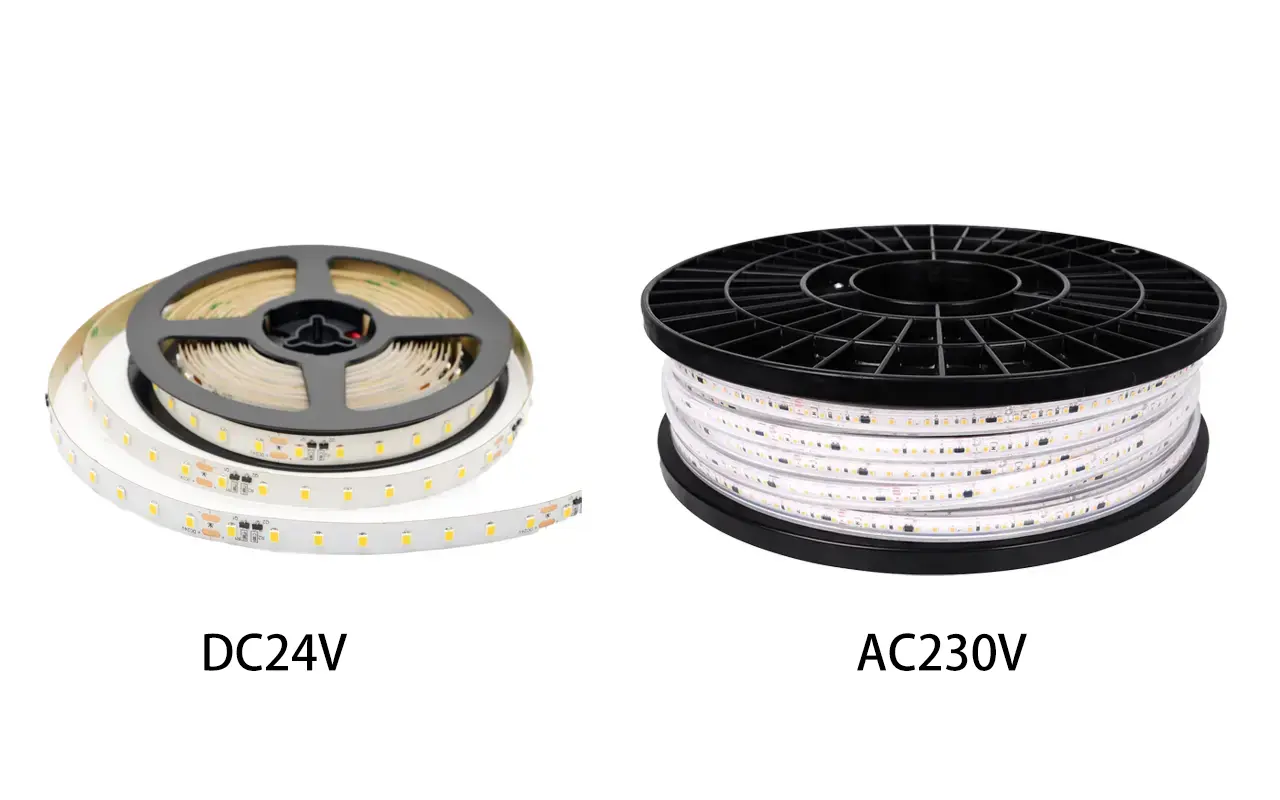
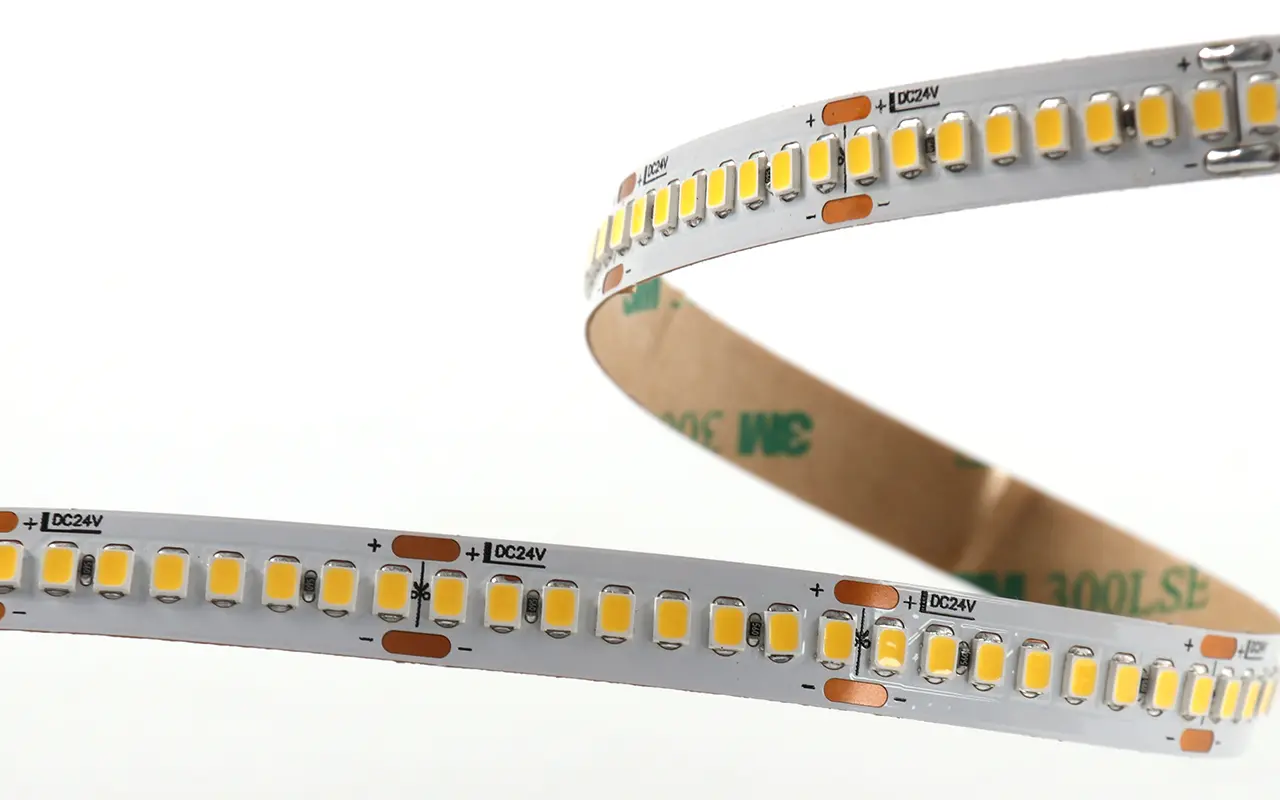
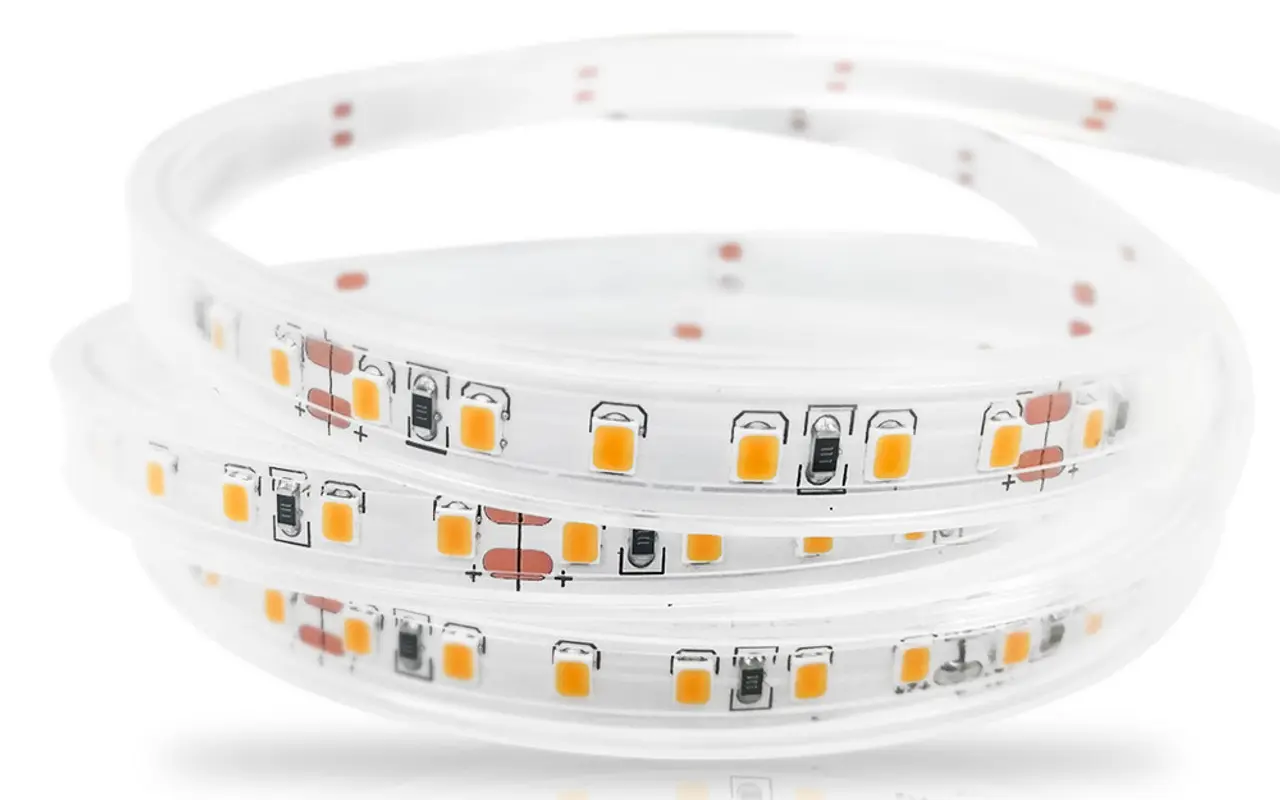
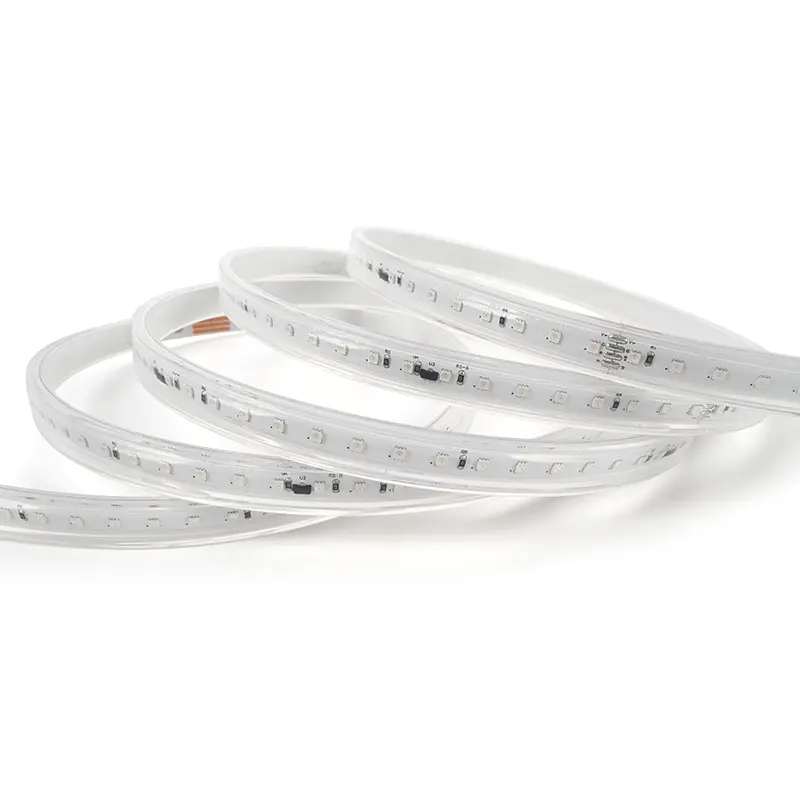
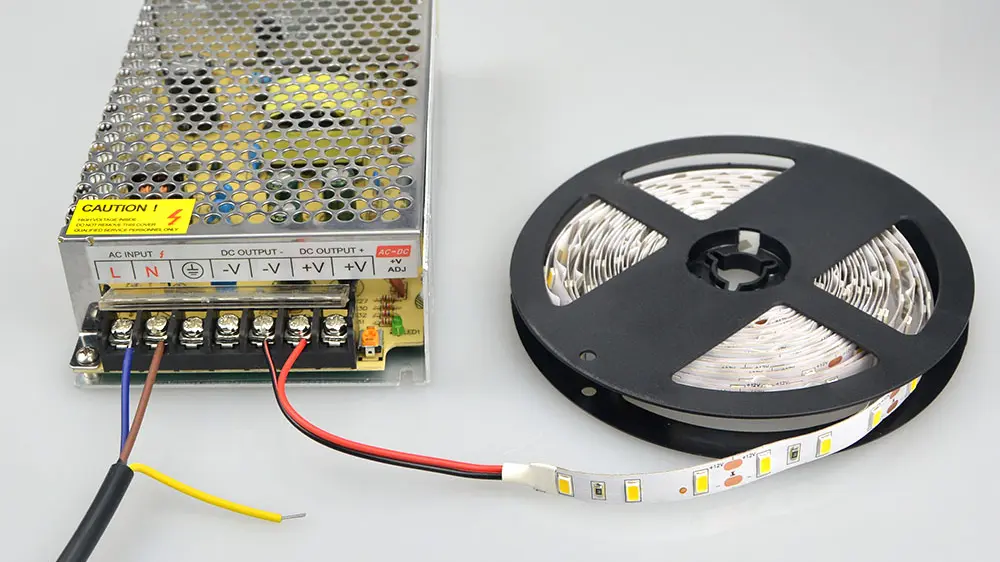

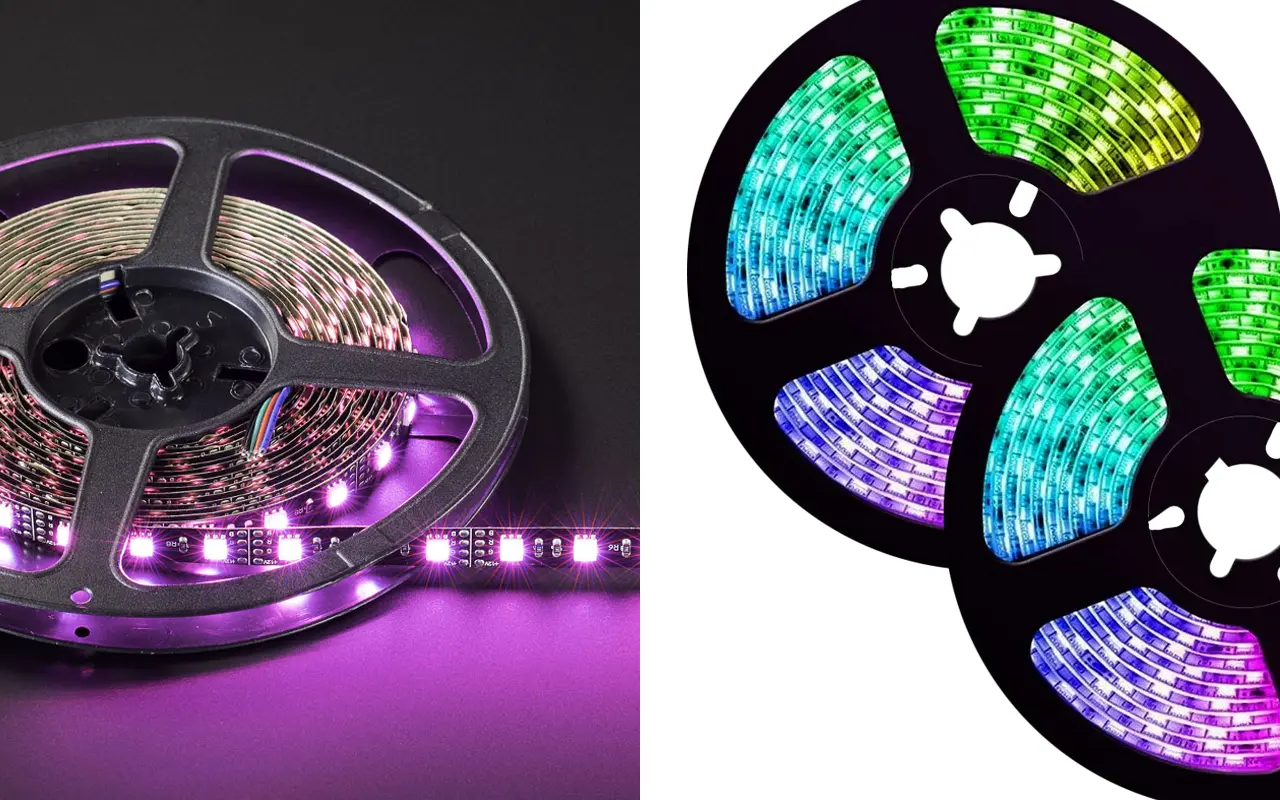
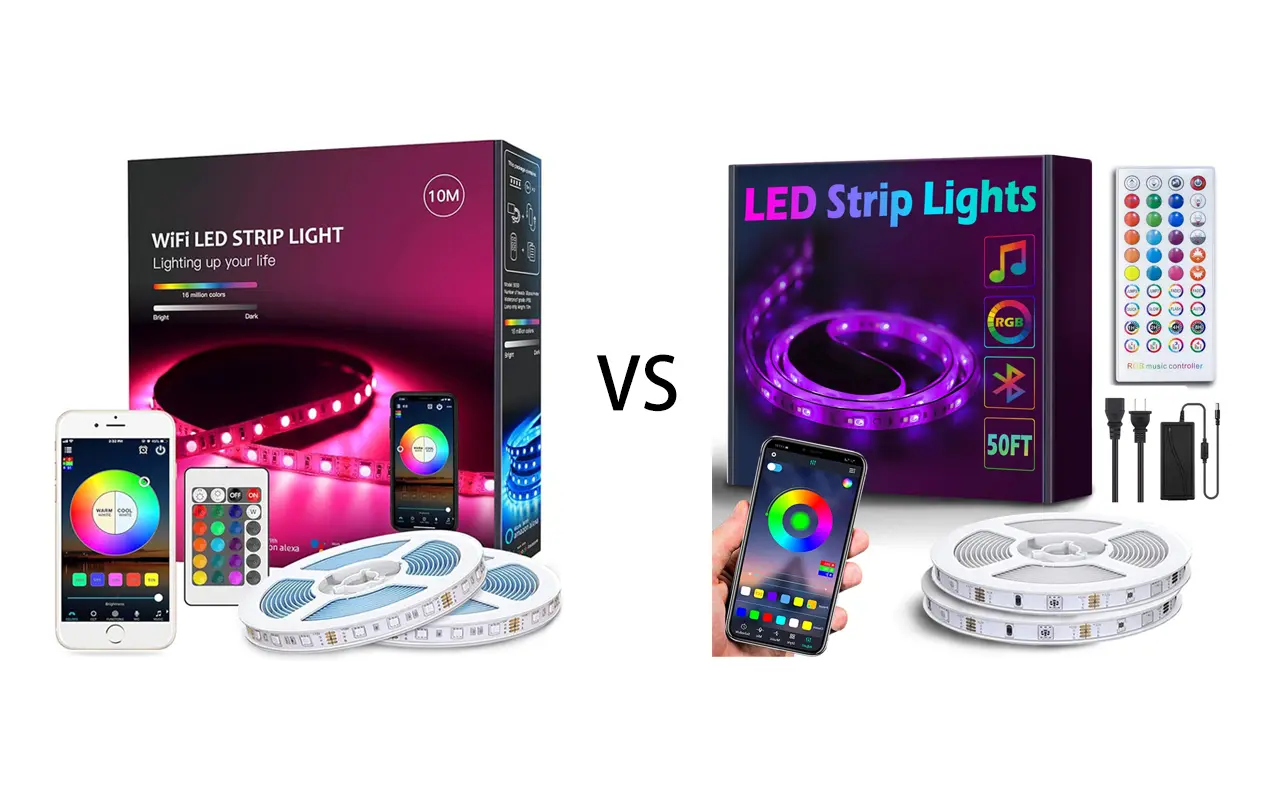
Laat een reactie achter
Wil je meedoen aan de discussie?Voel je vrij om bij te dragen!